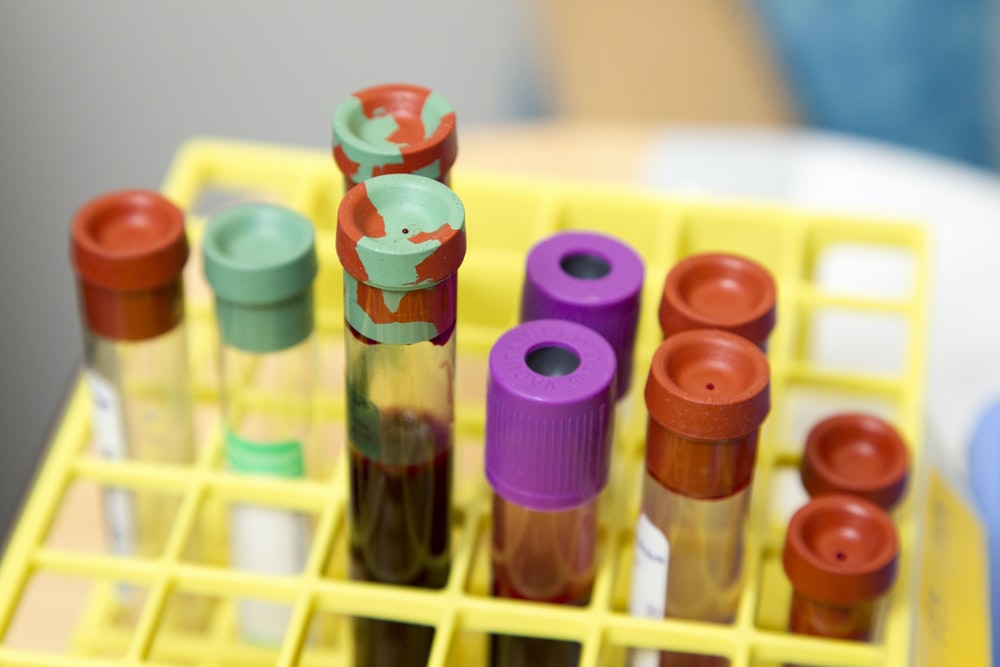Premature ovarian failure (POF) or “premature menopause” is a surprisingly common condition that affects one woman in a thousand at 30 and about one in a hundred at 40. i POF is a very challenging diagnosis to come to terms with because it brings both infertility and the early arrival of menopause.
Menopause happens at around 50 for most women, and “premature ovarian failure” only applies to women under 40. The first symptom they get is their periods stop or become irregular, and blood tests will show:
- Low estrogen and inhibin levels
- High follicle-stimulating hormone (FSH) and luteinising hormone (LH) levels
- FSH over 40 IU/l and no periods for a few months confirm the diagnosis
Causes
The leading causes of POF are:
- An unusually small ovarian reserve at puberty inevitably means follicle numbers become critically low at a relatively early age
- Abnormally high atresia (follicle loss) accelerates the expected loss of eggs in the ovaries
The factors known to contribute to POF include: ii
-
- Chromosomal conditions (and some like Turner’s syndrome involve inevitable POF), but despite much research, no individual genes have been found to increase the likelihood of POF
- Certain autoimmune disorders (particularly anti-ovarian antibodies) accelerate damage to ovarian tissue
- Surgery, radiotherapy, or chemotherapy can accelerate egg loss (and the number of girls surviving childhood cancers has increased this)
- Environmental factors, including viral infections and toxins, and hairdressers (who work with a range of chemicals) are twice as likely to have POF compared to the general population iii
- High levels of Oxidative stress, as the free radicals generated damage ovarian tissue
Looking forward
POF is generally considered an irreversible condition, however, many women diagnosed with POF resume normal ovarian function without outside assistance and can conceive naturally. About 24% of women diagnosed with POF ovulate again naturally (usually in the next year), and in one study 4.4% of women got pregnant.
This isn’t a huge percentage, but it offers some hope and an alternative to egg-donor IVF. Research shows that the chances of ovulating again after a diagnosis of POF depend on a range of factors. The women who are most likely to ovulate again have:
-
-
- A family history of POF
- Secondary amenorrhea (they’ve had periods)
- Antral size follicles in their ovaries
- Relatively normal levels of inhibin B and estradiol in the blood is highly predictive of the chances of the ovaries resuming their function
-
Women with any of the following are unlikely to resume ovulating:
-
-
- An autoimmune disease
- Low anti-Mullerian hormone (AMH) levels
- Genetic abnormalities
-
Treatment
-
-
- The standard treatment for women diagnosed with POF and wanting a baby is IVF with donor eggs
- For women who don’t wish to have a baby, HRT can minimise the symptoms of menopause and reduce bone density loss
- Medicinal herbal prescriptions specifically for women with POF
- For all women, supplementing with sensible levels of antioxidants should help reduce oxidative stress damage on the ovaries
-
Support Resources
A self-help organisation for women affected by POF is www.daisynetwork.org.uk




